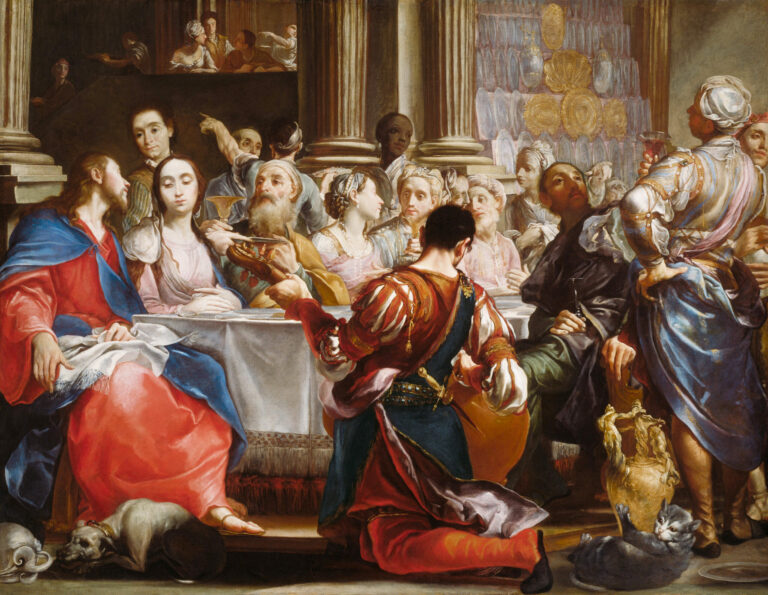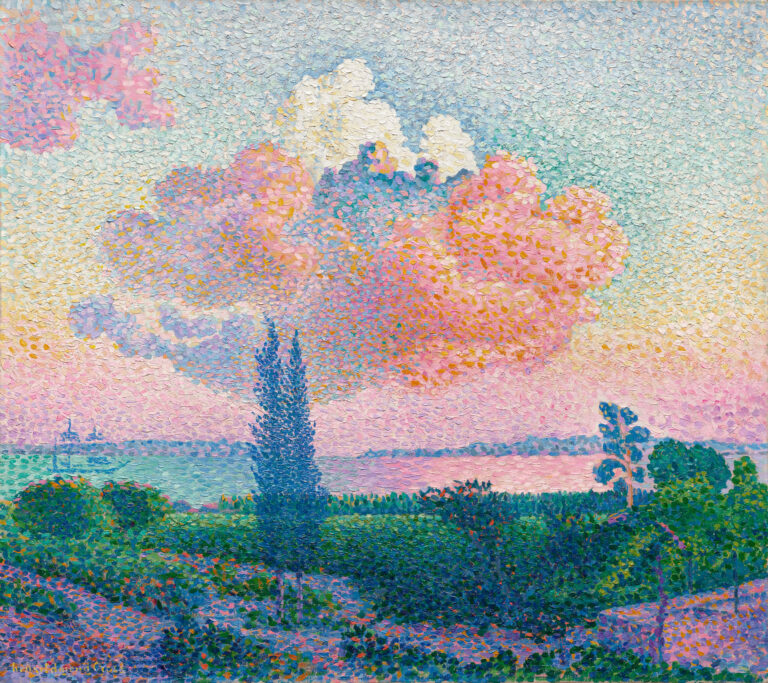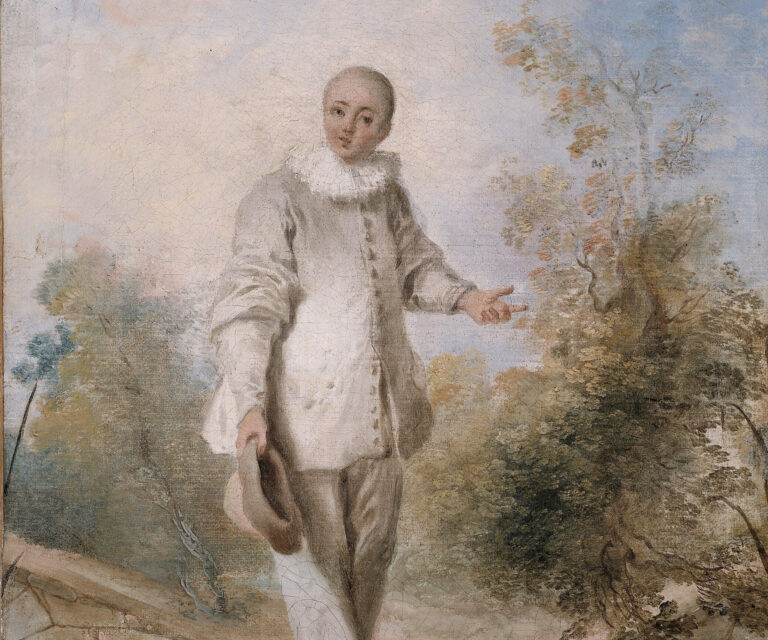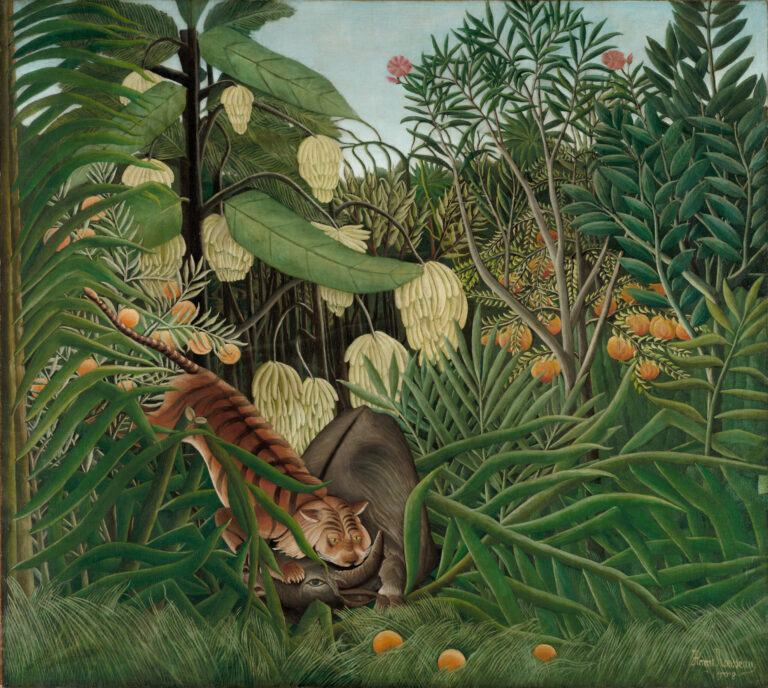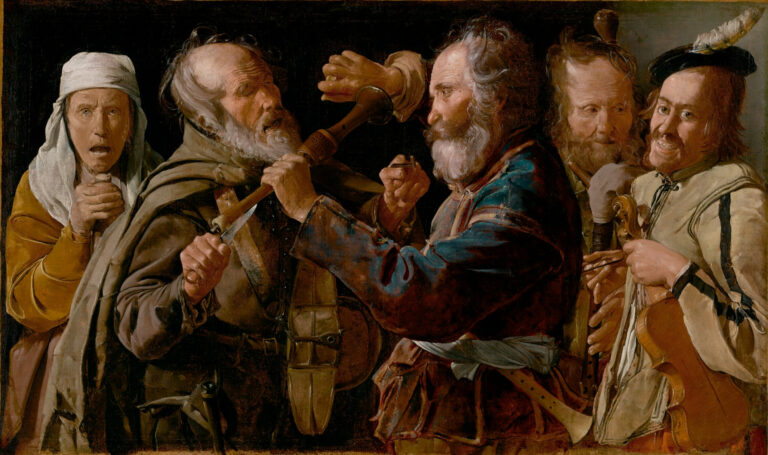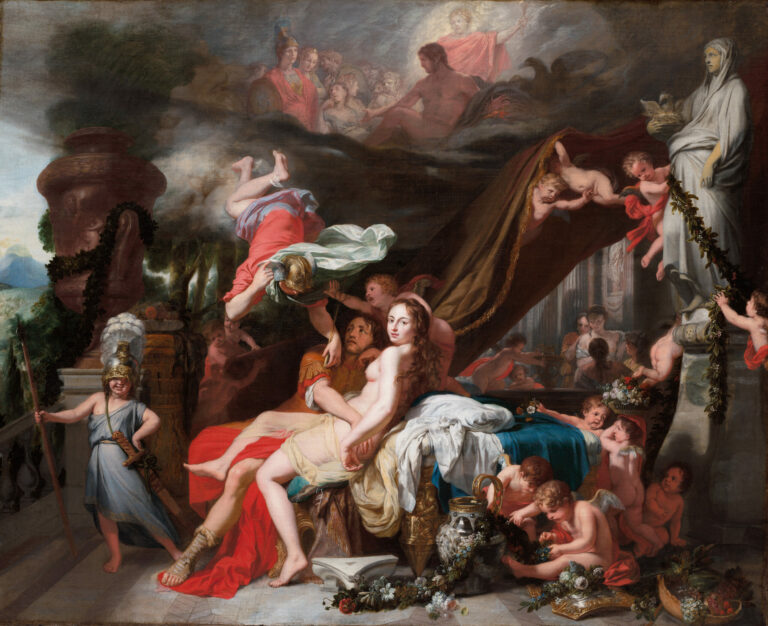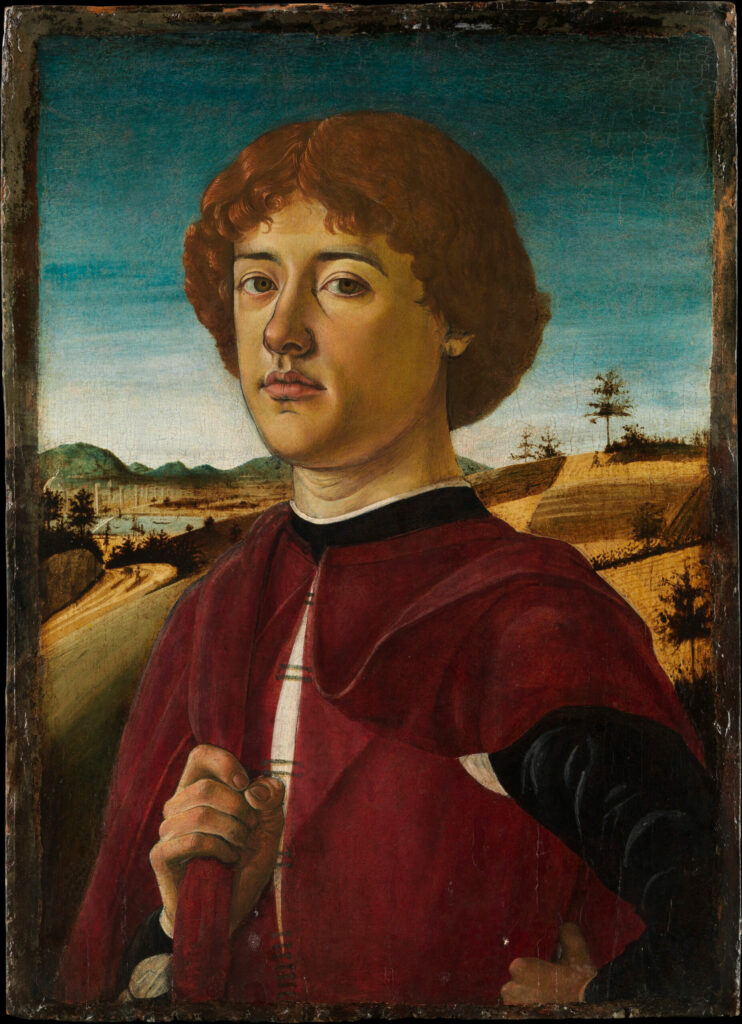
This “portrait of a young man” (c. 1470) testifies to the art of the Florentine Quattrocento in its celebration of aristocratic youth.
The sitter, about fifteen years old, displays remarkable bearing for his age, perfectly embodying the patrician values of his era. Dressed in a red coat trimmed with ermine, a symbol of nobility, he asserts his emerging social status. The background landscape reveals the Arno valley with Florence on the horizon, geographically anchoring this portrait. Biagio d’Antonio deploys refined technique here, combining Nordic precision of line with Italian monumentality. This work testifies to a common practice: immortalizing heirs during significant family events. Among the only three known portraits by the artist, this one reveals his mastery of the genre, usually devoted to domestic decorative arts.
Further information
- Portrait of a Young Man, by Biagio d’Antonio, probably c. 1470
- 21 3/8 x 15 1/2 in. (54.3 x 39.4 cm)
- The Metropolitan Museum of Art, Fifth Avenue, New York, displayed in gallery 604
- https://www.metmuseum.org/art/collection/search/435664
A Florentine painter active during the second half of the 15th century, Biagio d’Antonio Tucci (c. 1446-1516) embodies the artisan-decorator of the Italian Renaissance. Trained in the circle of Verrocchio and Ghirlandaio, he practiced the applied arts, particularly decorative panels (spalliere) and wedding chests (cassoni) destined for patrician residences. His production, essentially devoted to domestic ornamentation, reveals an elegant style blending Flemish influences with Tuscan tradition. The rare portraits attributed to the artist testify to careful execution and penetrating psychology, contrasting with his reputation as a “minor” artist. Biagio d’Antonio represents those Florentine masters who, far from major public commissions, knew how to respond to the refined demands of a clientele eager for beauty and social prestige.

